From our sister journals- April 2016
Posted by the Node, on 29 April 2016
Here is some developmental biology related content from other journals published by The Company of Biologists.
New neural crest EMT reporter
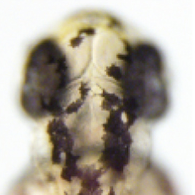 Stewart and colleagues describe a novel neural crest EMT reporter for rapid in vivo drug screening in zebrafish. They use to identify a small-molecule EMT inhibitor that blocks this process by activating retinoic acid signaling. Read the paper here [OPEN ACCESS].
Stewart and colleagues describe a novel neural crest EMT reporter for rapid in vivo drug screening in zebrafish. They use to identify a small-molecule EMT inhibitor that blocks this process by activating retinoic acid signaling. Read the paper here [OPEN ACCESS].
Untangling developmentally programmed obesity
5-hydroxytryptamine (5-HT) is a trophic factor whose synthesis is nutritionally regulated. Martin-Gronert and colleagues show that maternal protein restriction increases fetal brain 5-HT and might contribute to changes in production and function of hypothalamic 5-HT2C and 5-HT2A receptors in the offspring later in life. Read the paper here [OPEN ACCESS] and find out more about this work on this Node post.
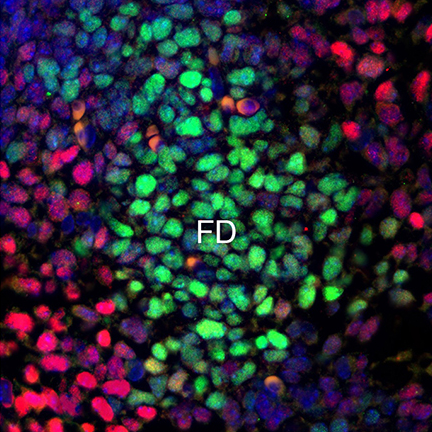 A role for LRP2 in cardiac development
A role for LRP2 in cardiac development
DeRuiter and colleagues examine the role of the second heart field and neural crest cells in outflow tract formation in the mouse embryo. They show that depletion of the LPR2 results in a disturbed contribution pattern and subsequent common arterial trunk. Read the paper here [OPEN ACCESS].
CPEB1 and DAZL cooperate in oocytes
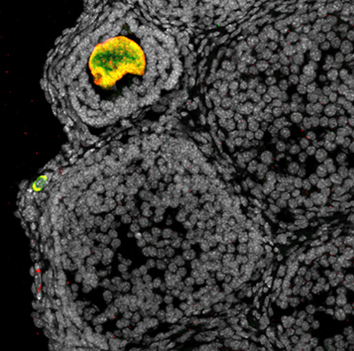 Conti and co-workers devise a new strategy to quantify the ongoing translation of specific mRNAs by measuring the extent of their co-immunoprecipitation with tagged ribosomes. Using this method, they show that the RNA-binding proteins DAZL and CPEB1 cooperate to regulate mRNA translation and protein synthesis during the meiotic cell cycle in mouse oocytes. Read the paper here.
Conti and co-workers devise a new strategy to quantify the ongoing translation of specific mRNAs by measuring the extent of their co-immunoprecipitation with tagged ribosomes. Using this method, they show that the RNA-binding proteins DAZL and CPEB1 cooperate to regulate mRNA translation and protein synthesis during the meiotic cell cycle in mouse oocytes. Read the paper here.
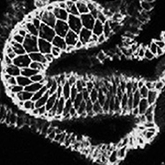 Septate junction formation in Drosophila midgut
Septate junction formation in Drosophila midgut
Izumi, Furuse and colleagues show that a tetraspanin family protein, Tsp2A, is an essential component of septate junctions in the Drosophila endodermal epithelia and is involved in intestinal barrier function. Read the paper here.
Surviving hypoxia
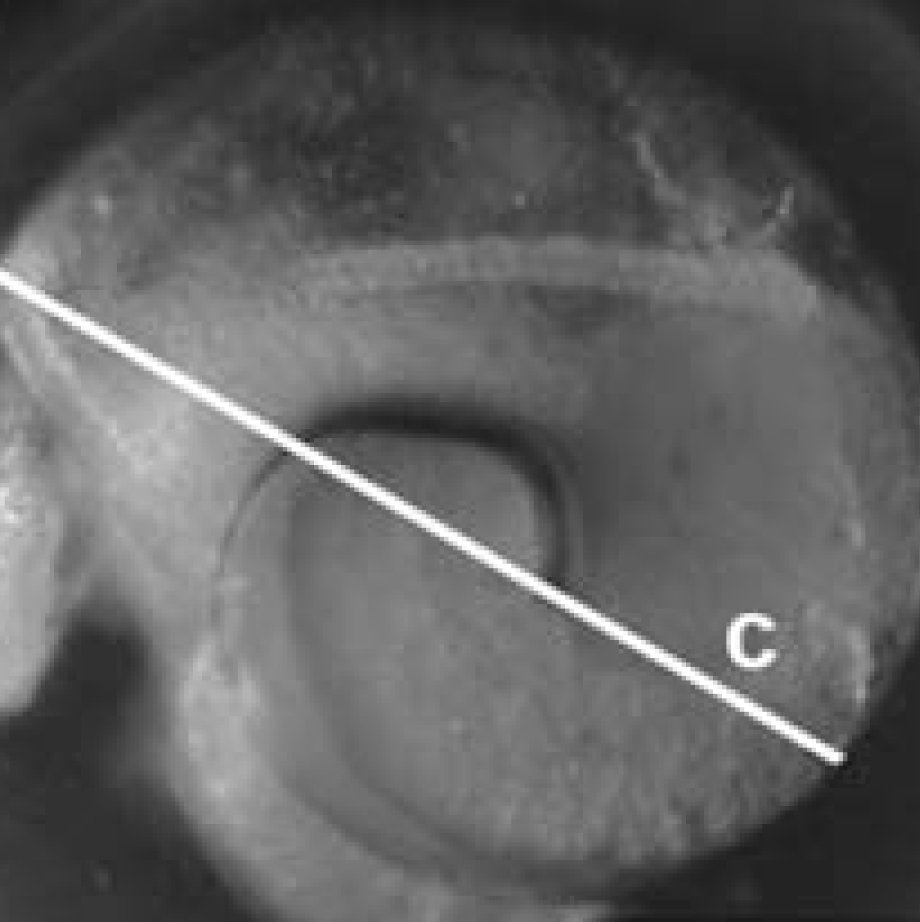 Rundle and co-workers examine whether the timing of cardio-respiratory development in the marine gastropod Littorina obtusata is important for determining whether embryos survive hypoxia. They show that individuals that develop their adult cardiovascular system early survive low oxygen conditions. Read the paper here.
Rundle and co-workers examine whether the timing of cardio-respiratory development in the marine gastropod Littorina obtusata is important for determining whether embryos survive hypoxia. They show that individuals that develop their adult cardiovascular system early survive low oxygen conditions. Read the paper here.
Famished bee larvae cope better with starvation in later life
Two papers examined whether honeybees can capitalise on the experience of food shortages as larvae to prepare for times of scarcity when adults. They show that bees that experienced deprivation during development were better prepared to survive starvation in later life. Read the papers here and here.

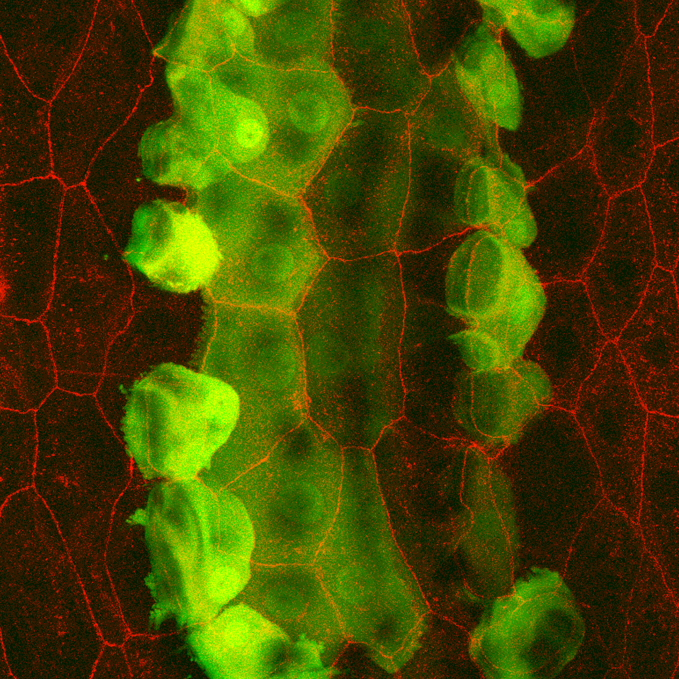 Planar Cell Polarity
Planar Cell Polarity
Lawrence and colleagues show that Drosophila utilises the Dachsous/Fat system differently as it develops. They also show that the localised expression of four-jointed in the tendon cells may help polarise all rows of denticles in late larval stages. Read the paper here [OPEN ACCESS].





 (1 votes)
(1 votes)